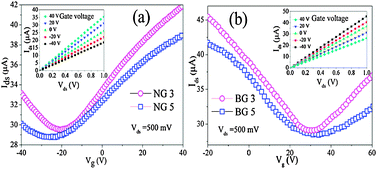Nitrogen and boron doped monolayer graphene by chemical vapor deposition using polystyrene, urea and boric acid
Abstract
Chemical doping with foreign atoms is an effective method to intrinsically modify the properties of the host materials. In this paper, we report a facile strategy to prepare


 Please wait while we load your content...
Please wait while we load your content...